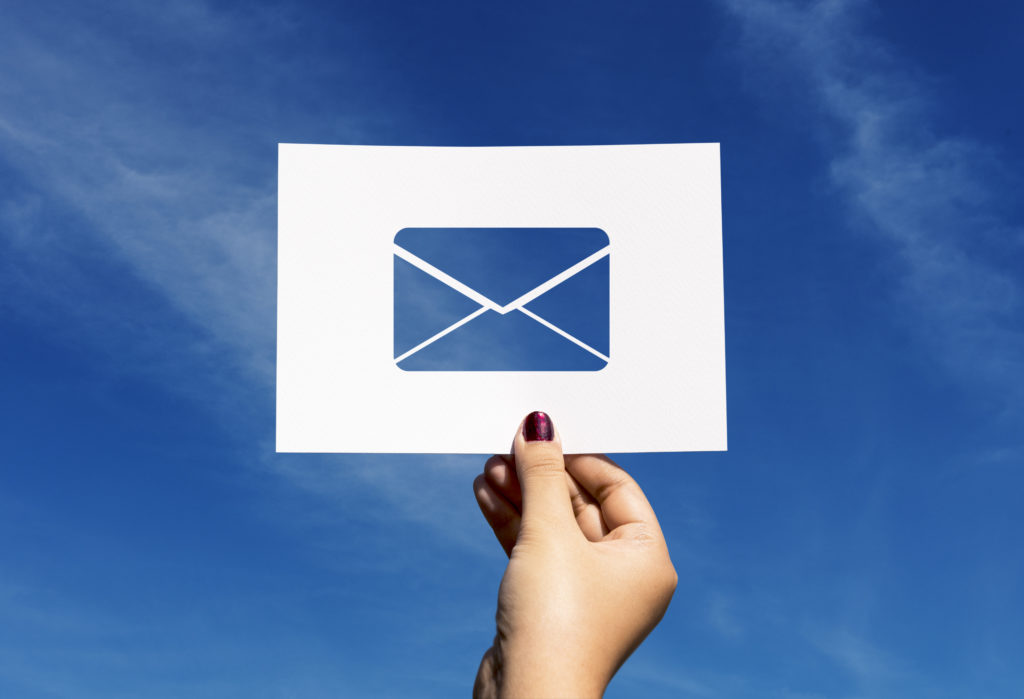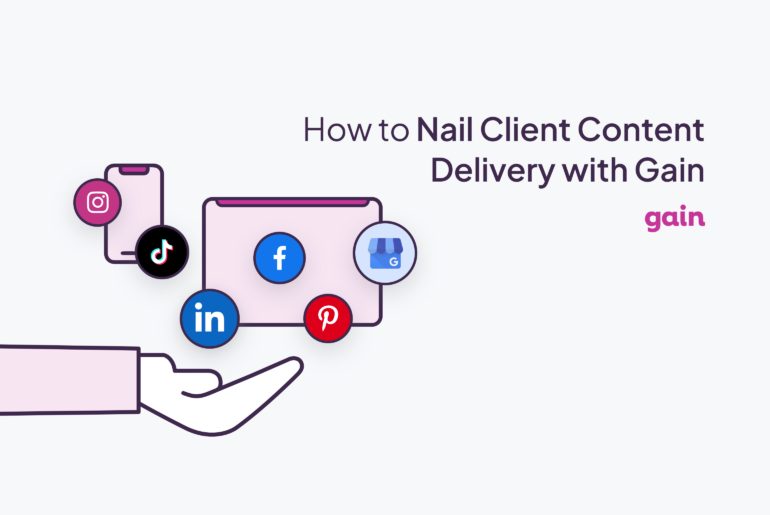Email automation is to a great marketer as a hammer is to a builder; a tool can extend your reach and capacity, but it is useless without the person behind it.
While an email automation tool can work even when you are offline, it can’t think for itself, meaning it can also get you into big trouble.
If you mis-program a campaign, it can leave your clients with a bad taste in their mouth, hurt your reputation, and even get you marked as spam.
The secret to avoiding these outcomes is to be extremely cautious when you set up any new automated email campaign.
Invest plenty of time into the set-up process so that you can ensure your emails have the desired effect. Remember that you aren’t just sending one email; you might be sending hundreds, or even thousands, at a time. Any mistake you make will be shared at scale.
Here are the most common email automation mistakes, and how to avoid them.
1. Automatically scheduling an email at the wrong time.
Email marketing is all about sending emails that are timely, useful, and relevant to your audience.
Your relevance depends heavily on the time of day; for example, a coupon for beer and pizza will probably have better engagement if you send it at 5 PM instead of 9 AM. If your audience is spread around the world, you will need to pay attention to time zones as you schedule your email campaigns. An email sent at the same time (in your time zone) to Australia and Paris would probably not have the desired outcome.
The solution: Segment your mailing list by country or time zone if you are sending time-sensitive emails. You can schedule the same email across multiple segments, but this system allows each message to arrive when it is most relevant.
2. Autofill doesn’t work as programmed.
Have you ever received a marketing email addressed to Dear [FIRST_NAME]?
This attempt to personalize the email using an email marketing best practice backfires instantly. Little could feel less personal to the receiver.
Unfortunately, mistakes like these are relatively common. Software is only as smart as the people using it, so if your user misspells their name or adds an extra space, they will come off feeling awkward when they receive this email.
The solution: Only use the autofill feature if you have a small mailing list that you can clean regularly. Otherwise, use segmentation to make your emails more personal, rather than trying to personalize them with autofill. Unless you have an expert programmer on your team, don’t risk hurting your reputation with tricky code.
3. Not changing the copy in your follow-up emails.
Programming an email drip campaign requires you to write several sets of copy of the same, or similar, email to nurture your prospects.
While it might seem simpler to send the same email twice, especially if the user didn’t respond, your subscribers are probably paying closer attention than you think. Sending the same email again will annoy your users and make you come off as lazy.
The solution: Create settings that flag people who already received that message so they get automatically sorted into a different category. Same goes for people who have purchased certain items on your site; you don’t want to send a drip campaign for a new TV to a person who just bought one.
Email automation tools enable you to extend your impact and reach more users, which means you should use them with caution.
Much like an automated social media marketing campaign, you should not just set up an automated email campaign and forget about it.
Pay close attention to your data and results and improve your campaigns accordingly. Automated email marketing is only as powerful as the team behind it, so make sure your team is empowered to create convincing, helpful, and relevant campaigns.





